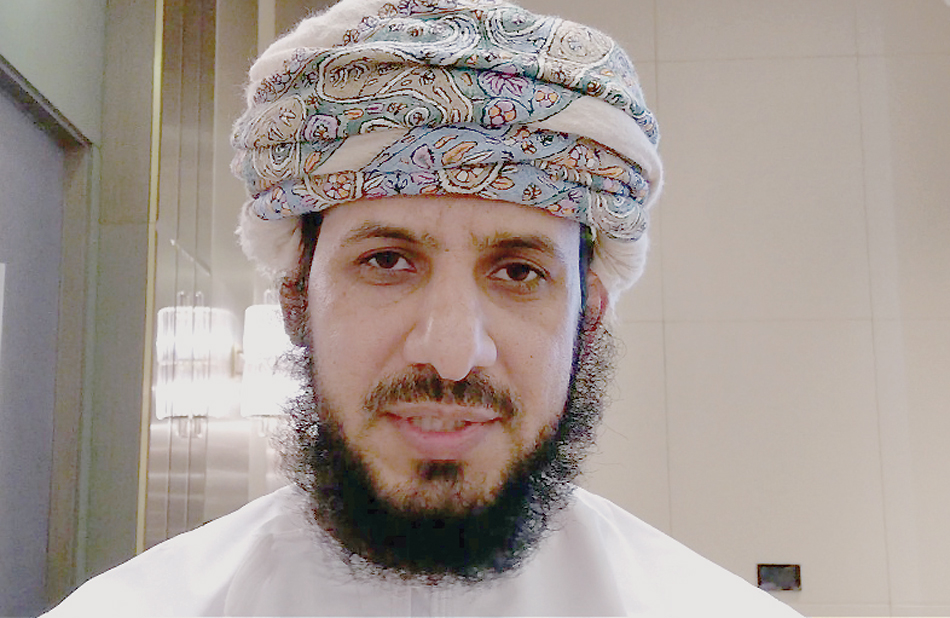

Muscat, Nov 12 - The recent sighting of the Arabian leopard is an indication that their population is healthy, Dr Mansoor al Jahdami (Pictured), Managing Director for Environmental Affairs at the Office for the Conservation of Environment, Diwan of Royal Court, has said. Terming it (the sighting) “very special for us”, he said it also indicates the “animals are feeling secure”. While the Arabian leopard has been sighted by the public in the eastern and western parts of Dhofar, the recent recording of the leopard in the northern part of Taqa holds “special significance because it is for the first time the species has made an appearance in the area”.
Jabal Samhan was declared a nature reserve in 1997 through a Royal Decree. Since then, there has been no record of the Arabian leopard having been spotted in the area. “Now, this gap has been filled.” There are other decrees that protect the species from being hunted in Oman. He said the environmental awareness among the public has increased in the past few years. The Office for the Conservation of Environment has worked very closely with citizens in order to compensate any cases of predation on their livestock. “Now the result is seen.” “In the past few years, we have compensated many people for their loss of livestock. This has created good relations between environmental organisations and the local people.” “We believe the continuation of this method will help preservation and protection of predators and carnivores in the Dhofar area,” said Dr Al Jahdami.
The Arabian leopard, considered a leopard subspecies native to the Arabian Peninsula, has been listed on the International Union for Conservation of Nature’s (IUCN) Red List since 1996 as a critically endangered species. “Arabian leopard is close to extinction, especially in the wild. Less than 100 are left in the wild, making them one of the rarest mammals on earth. So the government, local population and institutions need to work together to protect this animal,” noted Dr Al Jahdami.
Lakshmi Kothaneth
Oman Observer is now on the WhatsApp channel. Click here



